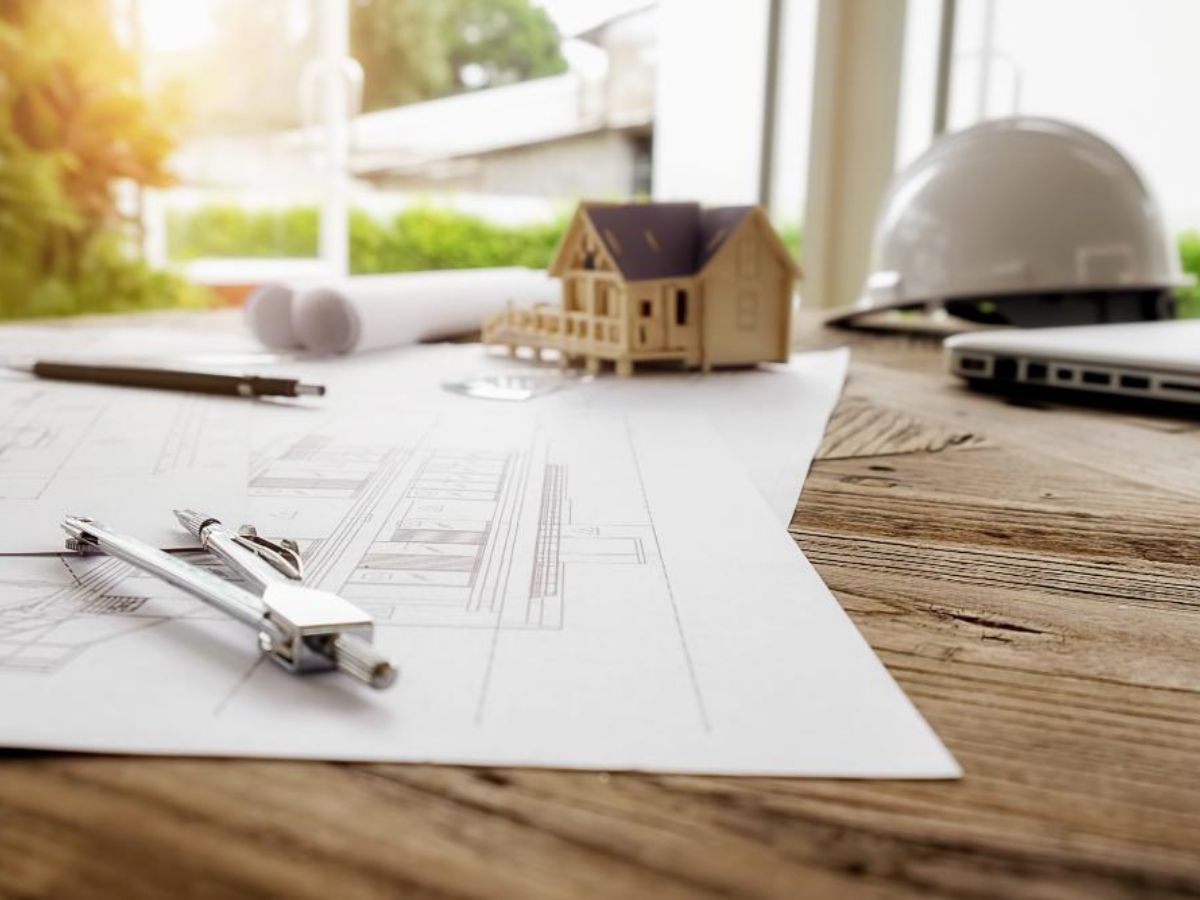Best Practices for Budgeting Your Home Construction with a Loan

Imagine standing on your plot, watching the first bricks of your dream home being laid. Every wall, every corner, reflects your vision. But behind this exciting journey lies one crucial foundation: budgeting. When you finance construction through a loan, managing costs becomes even more important. Without careful planning, expenses can quickly spiral out of control. To ensure a smooth journey from blueprint to completion, here are some best practices for budgeting your construction home loan, wisely and efficiently.
Tips to Budget for Home Construction Using a Loan
When taking a home loan in Chennai for construction, here are some best practices you can follow:
Budget Clarity
Start with a clear construction budget before applying for a loan. Break down every expense, including land cost, materials, labour, design, permits, and finishing work. This helps you understand how much financing you actually need and prevents unnecessary borrowing. Always include a separate column for estimated and actual costs to track differences throughout the project.
Detailed Planning
Before construction begins, prepare a detailed project plan with timelines, material lists, and payment stages. Discuss it with your architect and contractor to align expectations. This detailed planning allows your lender to structure disbursals in line with project milestones. It also helps avoid delays or budget overruns caused by poor coordination.
Contingency Reserve
Always allocate 10–15% of your total budget as a contingency fund. Construction projects often face unforeseen costs, such as material waste, design changes, or labour rate revisions. A reserve acts as a financial cushion to manage these surprises without disturbing your planned loan disbursals. This approach keeps your cash flow steady and prevents the need for additional borrowing or delaying payments to contractors due to unplanned costs.
Stage Disbursal
Opt for a stage-wise loan disbursal structure that aligns with your project’s progress. Lenders typically release funds after completing specific construction phases like foundation, structure, and finishing. This method helps you monitor utilisation, prevent fund misuse, and reduce interest expenses since you pay interest only on the disbursed amount.
Expense Monitoring
Maintain a record of every construction expense from start to finish. Use digital tracking tools or spreadsheets to note where each rupee goes. Regular expense monitoring helps identify cost leakages, unnecessary purchases, or misuse of funds. Reviewing weekly expenditures with your contractor keeps both parties accountable and allows adjustments before the budget goes off track.
Material Selection
Choose building materials based on quality, longevity, and energy efficiency rather than just price. Cheap materials often require repairs or replacements sooner, increasing long-term costs. Discuss options with your architect to find cost-effective yet durable solutions. Smart material selection ensures structural stability while keeping your construction budget predictable.
Design Simplicity
Complex architectural designs often lead to higher material, labour, and permit costs. Opt for a design that balances aesthetics with practicality. Discuss your layout with your architect to simplify shapes, minimise waste, and optimise space usage. A simpler design requires fewer resources and shortens the construction timeline, resulting in overall cost savings.
Contractor Selection
Choose a contractor with proven experience in projects similar to yours. Check their credentials, previous work, and financial reliability before signing any contract. A professional contractor ensures that timelines, quality, and budgets remain consistent. Avoid selecting purely based on the lowest quote, as it often leads to poor workmanship or hidden costs later.
Regular Audits
Conduct regular on-site audits to ensure the project matches the approved plan and budget. Independent audits by engineers or project managers provide unbiased updates about progress and expenses. This practice helps detect quality issues or cost deviations early, preventing financial loss. Regular reporting also improves communication between you, your contractor, and your lender, ensuring smoother loan disbursements based on verified work completion.
Payment Transparency
Maintain transparency in all financial dealings with your contractor and suppliers. Make payments only through traceable methods like cheques or bank transfers. This creates a verifiable record that aligns with lender requirements. Transparent transactions protect you from disputes and provide clarity during loan inspections. When all financial movements are documented properly, it becomes easier to demonstrate proper fund utilisation at every stage.
Legal Verification
Before releasing funds, ensure that all construction-related permissions, title documents, and land records are legally verified. This avoids legal disputes that can halt construction and block loan disbursements. Hire a property lawyer to cross-check ownership papers, building approvals, and lender requirements. Proper legal due diligence protects your investment and ensures uninterrupted financing throughout the construction period.
Future Planning
Consider your long-term financial stability while planning the construction budget. Factor in future loan EMIs, maintenance expenses, and property taxes once the home is complete. Avoid stretching your finances too tightly during construction, as this may affect repayment ability later. Strategic financial planning ensures that your dream home remains an asset and does not turn into a financial burden after completion.
Conclusion
Budgeting your home construction with a loan requires more than basic number crunching. It is about balancing vision with financial discipline. From defining a precise budget and tracking expenses to verifying legal documents and planning for the future, every step ensures that your dream home stands on a solid financial foundation.
Join PSU Connect on WhatsApp now for quick updates! Whatsapp Channel
Read Also : HLL pays Rs. 69.5 crores as dividend to Govt of India for FY 2024-25